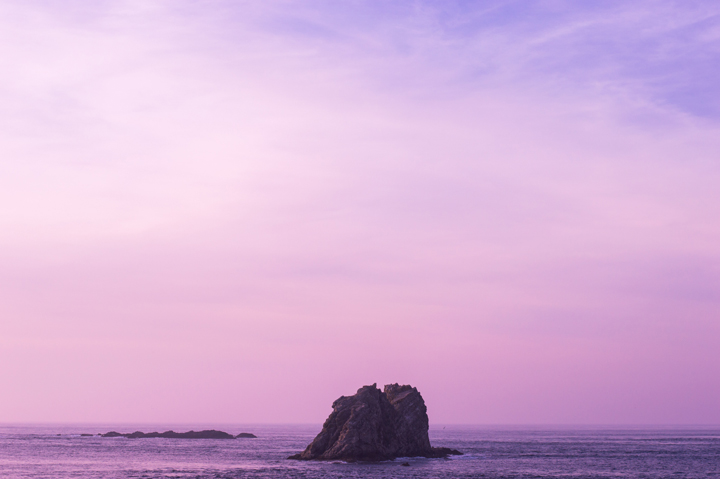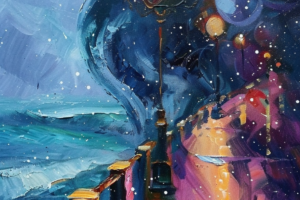Purple is such a beautiful, rich color with many meanings. And there is a wonderful array of shades of purple.
So in this article, let’s take a deep dive and look at the different purple shades. I’ll cover everything from light purple to the deepest kinds of purple, and we’ll look at their significance.
Whether you’re an artist, interior designer, or just love the color purple, read on!
What Two Colors Make Purple?
Before we start looking at the different purple colors, let’s take one step back. First of all, what colors make purple?
Purple is a mix of the primary colors, red and blue. But the ratio of blue to red can make a huge difference to the shade of purple you get.
You can also influence the hue by adding more white to get light purple colors. And if you want a darker shade, you can add more black to your purple.

So, it’s quite a simple color to make. But there are countless varieties of purple out there, and many can be seen in nature. Now, it’s time to take a close look at the different types of purple colors.
70+ Different Types of Purple
Here is an extensive list of the various types of purple colors. They range from the lightest to the darkest purples and every shade in between!
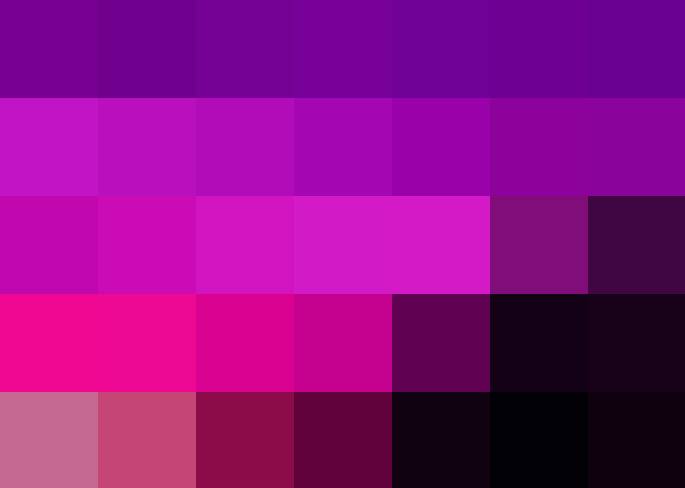
Lavender
The color lavender takes its inspiration from the beautiful lavender flowers. There’s nothing quite as pretty as a lavender field.
The shade itself is a lighter purple that evokes springtime and new growth. It’s light, airy, and soft, so it makes a great color to paint your walls. You’ll find that it’s not overwhelming and goes with many other shades, including gray, green, and blue.
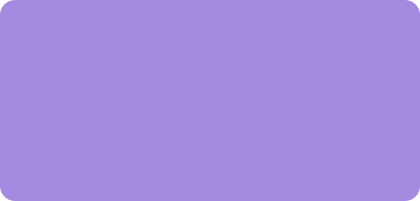
Hex Code: A689E1
Wisteria
Wisteria is another flowing plant with pale purple blooms. They can be lighter or darker than lavender, depending on the plant. So, the color can also vary from light to mid-purple or even a slightly pinky shade.
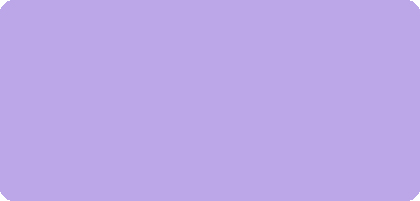
Hex Code: #BCA7E8
Twilight Lavender
As the name suggests, twilight lavender is a darker color than regular lavender. It’s rich and deep, bringing to mind lavender blossoms as night falls.
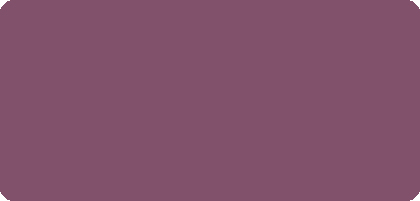
Hex Code: #81516B
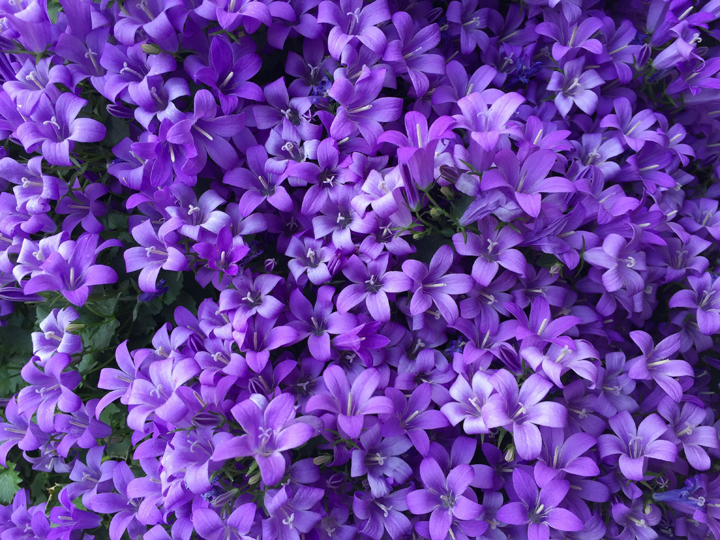
Plum Purple
Plum purple takes its cues from the fruit of the plum tree. It’s a bright, warm purple with reddish or blue undertones. It’s also quite similar to pink in some ways but a deeper color. It may even have a tinge of gray or brown, depending on the exact shade.
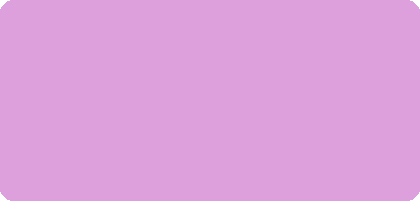
Hex Code: #DDA0DD
Mauve
The word ‘mauve’ is used in the English language to denote a fresh, bright purple. And in French, ‘mauve’ is used to describe any color of purple. But in botany, this French word denotes the mallow flower.
And in fact, this shade of purple is very like the mallow flower. You’ll notice that this flower has paler pinky-purple leaves and deeper pink in the center of each petal.
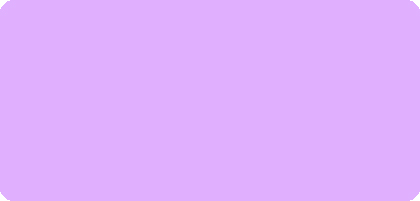
Hex Code: #E0B0FF
French Mauve
I mentioned the origins and meaning of the word ‘mauve’ in French above. But it’s unclear how this color came from its name. It’s a brighter, more saturated shade of purple than regular mauve. It’s also quite romantic, fresh, and cheerful.
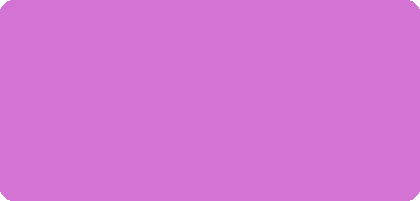
Hex Code: #D473D4
Opera Mauve
In contrast to French mauve, opera mauve is more muted and not so in your face. It’s not light enough to be described as a pastel color, but it’s not a deep color. And it has gray and blue undertones that make it less bright.
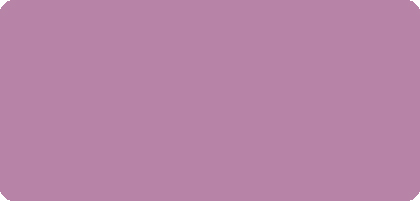
Hex Code: #B784A7
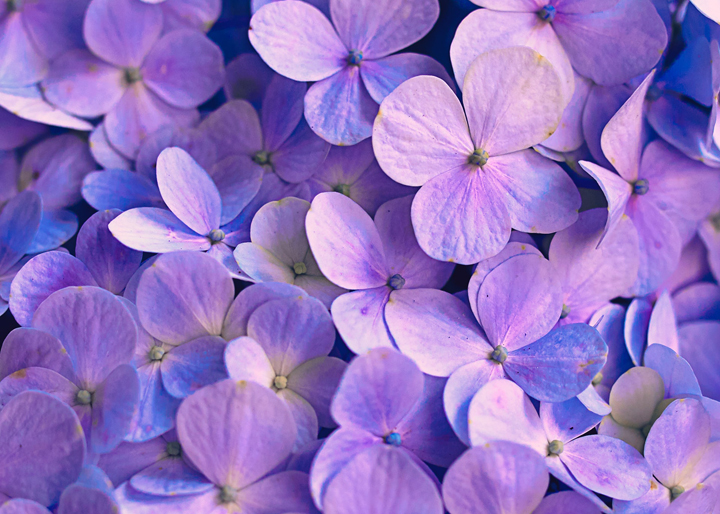
True Purple
True purple might be the first shade you think of when purple comes to mind. It’s a rich, deep purple made up of an equal ratio of red to blue.
So, that means it falls midway between these two colors and is perfectly balanced. In comparison, other purple shades will have slightly more red or blue in them.
True purple is pretty bright, saturated, and vibrant. It works well in interior design as an accent color. But it can be almost too bold if you use it to paint your walls, for example.
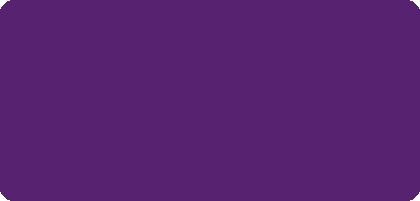
Hex Code: #562270
Amethyst
An amethyst is a natural purple quartz. As a result, the name became used to refer to the same color of purple.
It’s commonly used in jewelry and for decorative purposes. It’s even the gemstone for anyone born in February.
Amethyst is a rich mid-purple color, often with blue undertones. It usually has a purple hue of around 75-80% and is a cooler shade of purple. This quartz has been worn since Ancient Greek times and is still popular now. And the origins of the name are also from the Ancient Greek language.
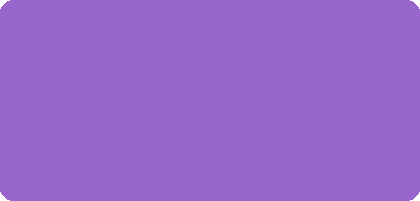
Hex Code: #9966CC
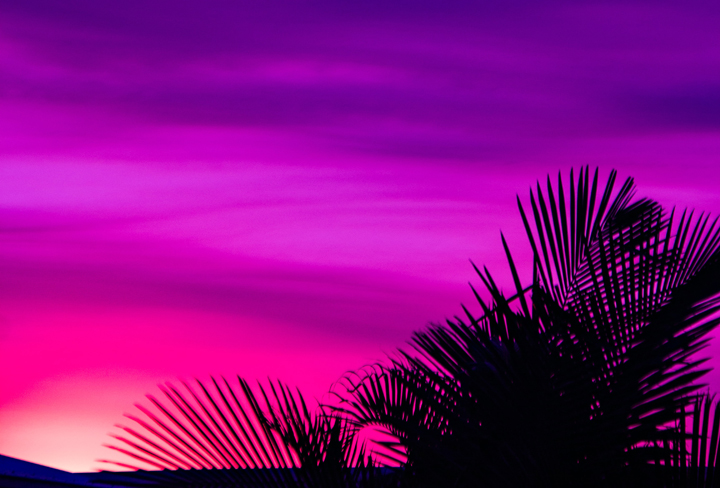
Midnight Purple
If you think of the deep, rich colors of midnight, the color midnight purple might come to mind. But even at night, it’s rare to get complete darkness, so instead, you get a dark purple.
As you’d expect, midnight purple is a much darker shade than many on this list. It has more blue than red in the mix and falls on the cool end of the color spectrum.
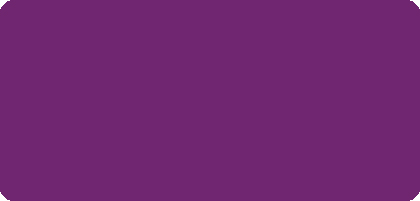
Hex Code: #702670
Violet
Violet is a well-known purple color most people will know. And it’s also the name of a pretty, delicate flower with purple petals.
In some countries, people use violet to refer to shades of purple in general. It’s interesting to see how the names of the colors can vary from place to place. For example, a European might give a color a different name to an American. And that’s often true for violet.
Interestingly, some people describe violet as a true color. And in comparison, purple isn’t a true color but rather a mix of red and blue. However, opinions vary greatly on this topic, and discussions can get very heated.
As you’ll see, there are many different variations of violet, too.
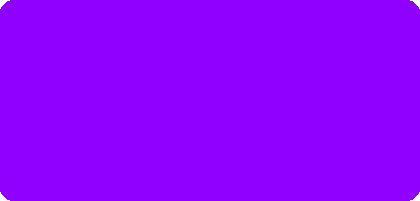
Hex Code: #8F00FF
Vivid Violet
As the name suggests, this shade of purple is more vivid and vibrant than regular violet. So, it’s brighter and richer. If you want a bold shade of violet, vivid violet is perfect!
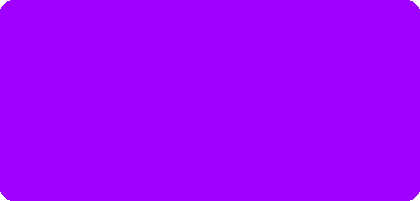
Hex Code: #9F00FF
Chinese Violet
Chinese violet is a mid-violet shade that’s slightly muted. It’s not bold or bright, making it an excellent choice for interior design. It feels calm and tranquil, creating the perfect atmosphere for a cozy bedroom or living room.
This shade takes its name from the Chinese violet plant, also known as the creeping foxglove.
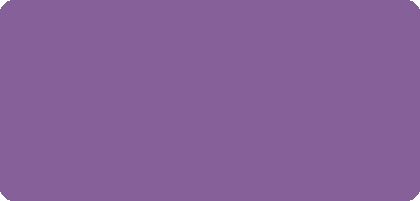
Hex code: #856099
English Violet
This elegant shade of violet is darker than Chinese violet. It’s a calm, almost serious shade, but it works well as an accent color in the home. It can create an atmosphere of comfort and elegance.
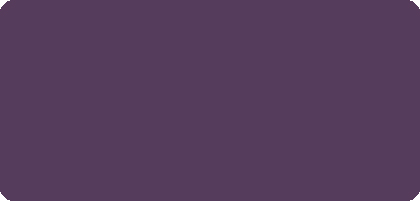
Hex Code: #563C5C
Russian Violet
Of all the shades of violet so far, Russian violet is one of the darkest. It also leans heavily towards the blue end of the spectrum. This rich purple color is often associated with wisdom and spirituality. It pairs well with shades of deep green.
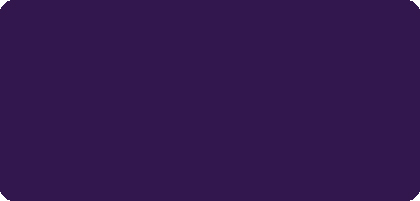
Hex Code: #32174D
African Violet
Another violet shade, African violet is notable for being a warm, cozy shade of purple. It’s not overly bright or muted, getting the balance just right.
The African violet plant tends to have vibrant purple leaves. But that can vary, and the shade itself is often a mid-purple rather than a dark shade.

Hex Code: #4284BE
It’s a very friendly and welcoming shade. This color feels springlike and has similarities with many pinks.
French Violet
It’s hard to imagine, but French violet is even brighter than the regular shade. If you compare the two, you’ll notice that French violet looks much more vibrant than violet itself. It’s both saturated yet can be a little muted.
French violet can look fantastic when used in your home color palette. But you have to make sure you choose the right colors to complement it.
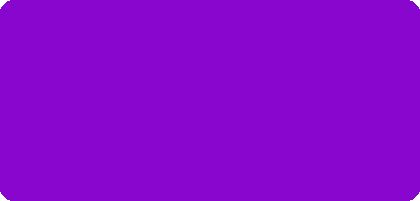
Hex Code: #8806CE
Spanish Violet
As you can see, there are many different violets to describe. This one dates back to a historic Spanish book that named the colors. And so, it’s the color most Spanish people associate with the word violet. As a result, the name stuck.
In contrast with French violet, Spanish violet is much darker. It’s also more muted and not such a bright and vibrant color. It has heavy blue undertones and makes a nice accent color for the home. But too much of this shade can become overwhelming very quickly.
Both Spanish violet and dark violet are darker shades of purple. But in comparison with dark violet, Spanish violet has a lot more blue. So, that can help you differentiate between these two shades.
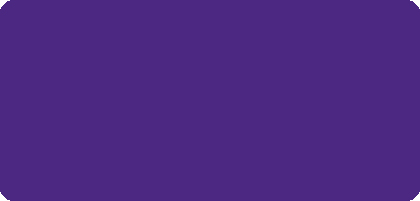
Hex Code: #4C2882
Dark Violet
The dark violet color is even more pigmented and saturated than other violet shades. If you want to make this shade from scratch, you’d need to use plenty of black paint mixed in.
This shade is rich and beautiful, but it can also make people feel sad or lonely. So, you should use it wisely, whether in art or interior design.
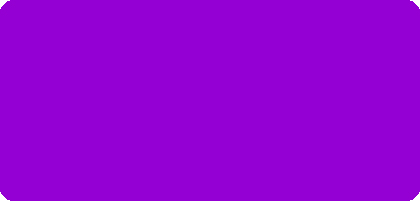
Hex Code: #9400D3
Orchid
Purple orchid is a bright, cheerful, and fun color. It closely resembles the shade of many orchid flowers, hence the name. This shade of purple feels sweet, positive, and uplifting. It’s more of a pinky-purple color, rather than one with blue or red undertones.
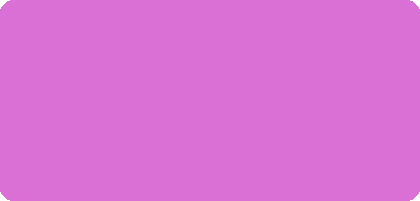
Hex Code: #DA70D6
Light Orchid
As you can imagine, light orchid has many similarities with the color orchid. It’s just as delicate and pretty but lighter and less saturated.
As a result, this color is a popular one to use in homes. It’s bright enough to make a statement but without being overpowering. You can team this color with grays, blues, purples, and lighter greens. It’s versatile and a fantastic choice for interior design.
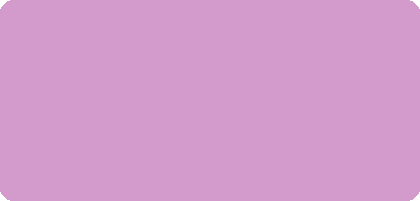
Hex Code: #D39BCB
Dark Orchid
If you add more pigment to the purple orchid shade, then you’ll end up with dark orchid. This color leans more heavily towards blue, with strong blue undertones.
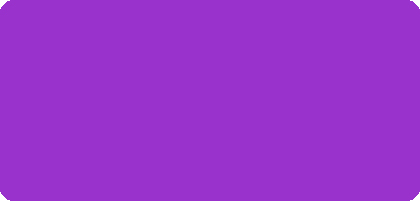
Hex Code: #9932CC
Vivid Orchid
Vivid orchid is the final shade of orchid on this list. So, what’s the difference. Imagine taking the orchid shade and turning up the brightness and saturation. The result will be this vivid shade of orchid purple. It’s bright, vibrant, and bold and doesn’t have such heavy blue undertones, either.
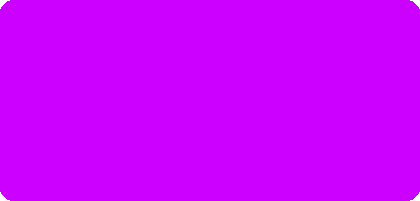
Hex Code: #CC00FF
Tyrian Purple
You might not have heard of Tyrian purple, but it has an important history. So, let’s take a quick look at the significance of this color. Tyrian purple was the first shade of purple discovered over 3,000 years ago.
Purple is one of the hardest colors to make from natural materials. So, how was Tyrian purple created? Someone discovered that crushing sea snail shells makes this rich shade of purple. But thousands of shells were necessary to make a small amount of dye.
So, as you can imagine, it was time-consuming work.
This dye was first produced in the ancient city of Tyre, now located in Lebanon. And so, that’s where it gets its name from.
As a result of the painstaking process, purple dye was extremely expensive. Only the wealthiest and most powerful in the land could afford to pay for it. And that’s why purple was one of the rarest colors. It wasn’t commonly used in artwork or for clothes and decorative items.
Tyrian purple is a rich, deep shade with red undertones. It is often associated with elegance, superiority, and power due to its history.
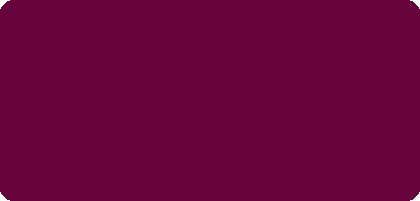
Hex Code: #66023C
Royal Purple
The history of the color purple makes it clear why there is a shade called royal purple.
Only the richest – royalty and the nobility – could afford the expensive dyes. And In England, there were even laws preventing commoners from wearing purple.
So, the color became known as royal purple. This shade is a mid-purple with blue undertones, and it’s both bold and beautiful. It was a status symbol in previous centuries, and it still has many of the same associations now.
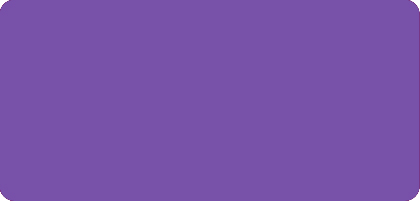
Hex Code: #7851A9
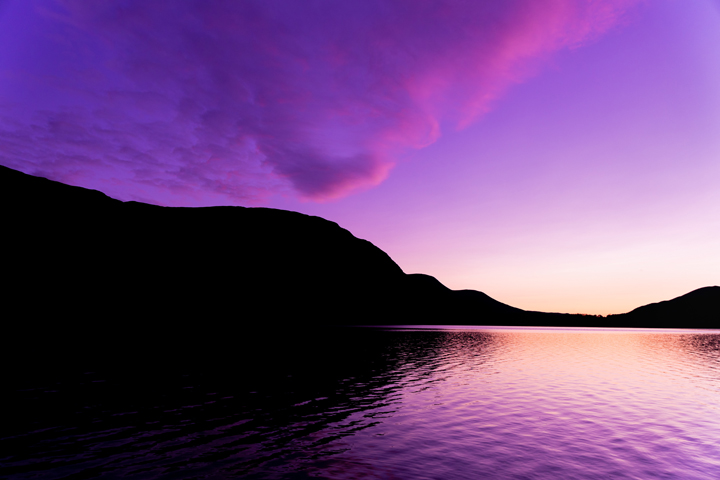
Sovereign Purple
Sovereign purple is another shade that gets its name from the exclusivity of purple in the past. Sovereign means ‘a supreme ruler, especially a monarch’. It can also mean ‘possessing supreme authority.’
This color is another mid-purple shade like royal purple. And although you might not expect it, it’s actually quite muted. It’s not bright, instead being more serious with gray and blue tinges.
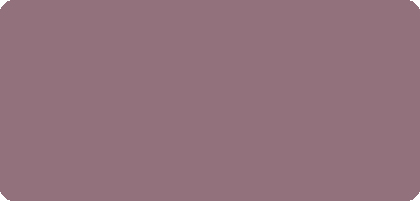
Hex Code: #92717C
Electric Purple
As the name suggests, electric is brash, bold, and bright. It’s not a shade you can easily ignore, as it grabs your attention. If you want a colorful shade of purple, you won’t go wrong with electric purple.
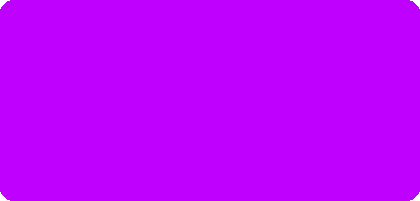
Hex Code: #BF00FF
Lilac
Lilac is a fairly pale purple. It’s an approximation of the flowers of the common lilac plant, although the color is a little darker.
Most often, this color is considered a lighter shade of purple. But some people see this color as a pale blue with purple undertones. There are also various lilac shades, as you’ll see below.
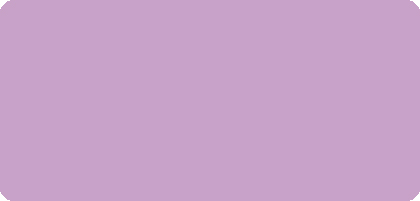
Hex Code: #C8A2C8
Blue Lilac
This shade of lilac has heavy blue undertones and is a cool shade. This color is a great color for interior design as it can aid in focus and concentration. So, it’s a popular choice in homes and offices. But if you prefer warmer shades of purple, keep browsing until you find something you love!
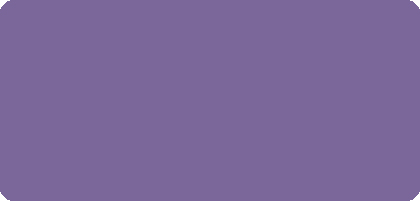
Hex Code: #7B679A
Iris Purple
This soft shade of purple is gentle, calm, and springlike. Iris purple is just the right mix between bright and muted. It falls somewhere in the middle, getting the balance just right. So, many people count this color as a favorite.
You can pair iris purple with other fresh spring colors like yellow and light green. Or you could create a minimalist color palette with white and light gray. It’s a versatile color that doesn’t overpower any space, no matter how small.
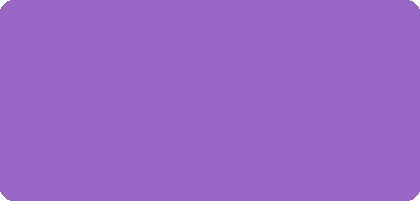
Hex Code: #9867C5
Periwinkle
Periwinkle is a pale, delicate purple with strong blue undertones. It’s a cool, calm color that would pair perfectly with darker shades of purple. You could create a gorgeous purple color palette using this shade as a base color.
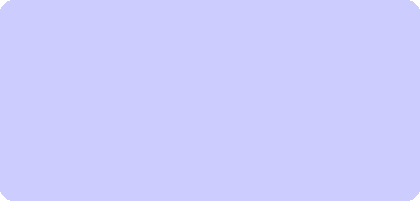
Hex Code: #CCCCFF
Magnolia
Magnolia is one of the lightest shades of purple around. Some people would struggle even to call this purple, as it’s so pale.
Another name for this shade is ‘ghost-white’ due to how light it is. But it definitely has purple undertones. So, if you want to use darker purples, this shade works well as a neutral base color.
Hex Code: #F8F4FF
Razzmic Berry
You might be familiar with the name ‘Razzmic Berry.’ But this rich berry purple is a gorgeous shade. It’s a deep purple like raspberry, but with less red. Whenever you need a rich purple berry tone, Razzmic Berry ticks the right boxes.
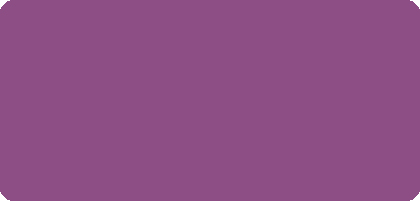
Hex Code: #8D4E85
Middle Blue Purple
Check out this color if you prefer your purples with a hefty dose of blue mixed in. It’s on the cooler blue end of purples, and it’s a nice color. It’s not too bright, not too bold, but not too washed out and pale. Some would call this a Goldilocks purple – it’s just right!
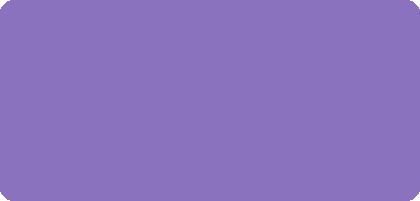
Hex Code: #8B72BE
Rebecca Purple
This rich shade of purple is beautiful and has an interesting history. Rebecca was the daughter of the CSS expert Eric Meyer. He named this color in tribute to his deceased daughter, as it was her favorite color. So, to this day, we call this shade of purple ‘Rebecca purple.’

Hex Code: #663399
Eggplant
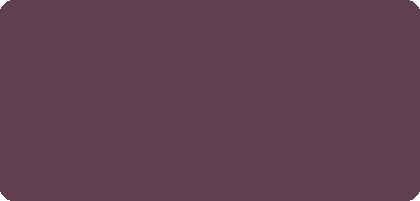
Hex Code: #614051
This shade of purple is named after the eggplant vegetable. It’s also known as aubergine, depending on where you’re from in the world.
This purple is a deep, rich, dark color, like the vegetable. It’s very dense, so it’s best used in small doses. It’s the perfect complement to shades of green.
Veronica
Veronica is a bright mid-purple shade that’s also sometimes called medium purple. And confusingly, it even has a third name – Purple (X11). So, it’s up to you what you call it! As for the color, it’s not too bright, not too muted, and falls right in the middle.
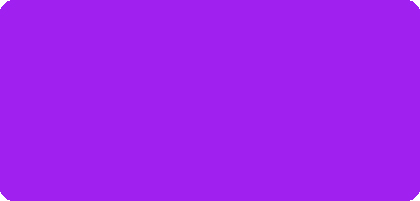
Hex Code: #A020F0
Thistle
Thistle is another shade of purple that takes its name from the natural world. The thistle is the natural flower of Scotland, with light to mid-purple flowers. When you get many thistles growing together, they make a very impressive display.
The color thistle is pale to medium purple (the shade can vary slightly). It’s quite a warm color with a gray tinge to it.
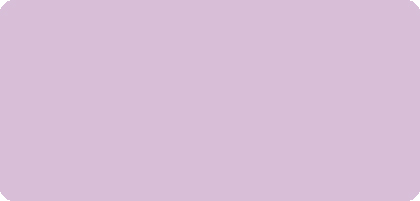
Hex Code: #D8BFD8
Mulberry
Mulberry is a rich purple shade leaning towards a reddy-pink color. It’s a deep, saturated, warm color that is a gorgeous addition to any room. This color is enough to make your water at the mouth thinking of delicious, juicy berries.
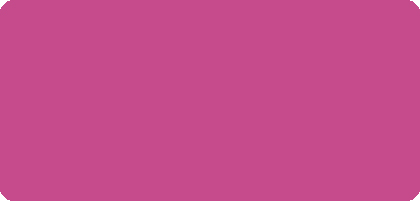
Hex Code: #C54B8C
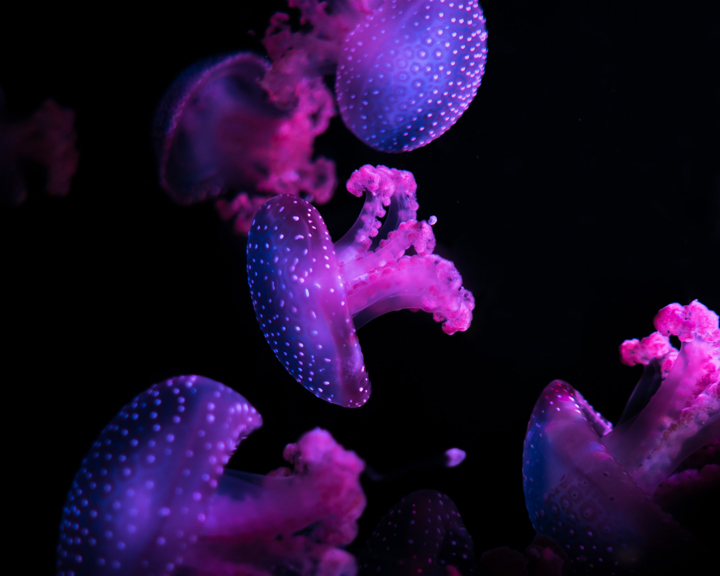
Northwestern Purple
This color takes its name from the Northwestern University in Illinois, USA. And in fact, there are actually a variety of Northwestern purples. They vary from light Northwestern Purple 10 to dark Northwestern Purple 160.
The Northwestern Purple is a rich, deep purple with a blue undertone. It’s a cooler shade and is most effective when paired with a lighter color, like white.
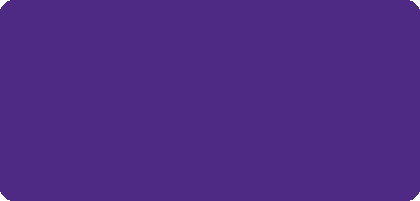
Hex Code: #4E2A84
Pale Purple
If you’re looking for a very light purple, look no further than this pale purple shade. It’s almost as light as they come, with a tinge of purple and pink. But, despite this, it’s still a warm shade. So, it pairs well with warm, rich purples and pinks.
You’ll notice the purple in this shade more if you place it against darker colors. But if you combine it with other light colors, it can look too washed out.
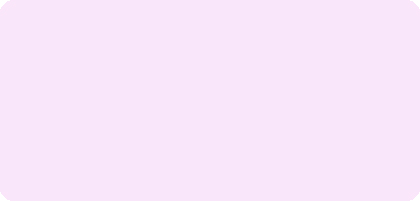
Hex Code: #FAE6FA
Dark Purple
Sometimes, you’ll need a darker shade of purple. And in that case, this one is perfect. It’s rich, dark, and classy, with blue undertones. Think midnight sky rather than dark red wine for this shade.
You could make an amazing color palette by combining this shade with other cool colors. It pairs well with light purples and greens.
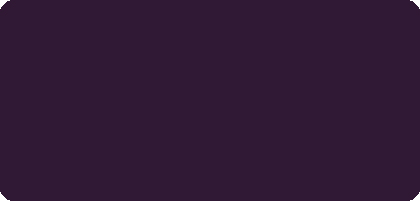
Hex Code: #301934
Fig
This color takes inspiration from the fig fruit. It’s a deep rich purple with a tinge of red and blue. It has many similarities with plum purple and other berry colors, although it’s not such a warm shade.
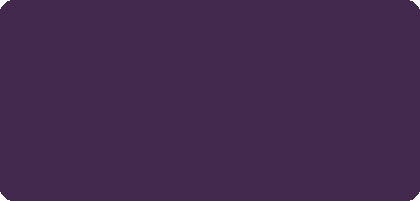
Hex Code: #43294D
Fuchsia
Fuchsia is a distinctive color that some people consider pink rather than purple. But it definitely deserves a place on this list. It’s a bright, vibrant color that has real summer vibes. And as it’s so bold, you won’t miss this color. It’s eye-catching but best used in smaller doses!
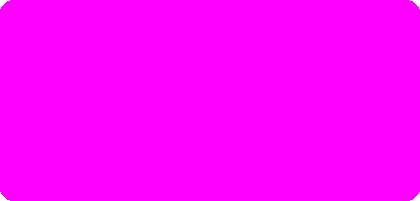
Hex Code: FF00FF
Fuchsia Blue Purple
Next, we have a color made by mixing fuchsia pink with cyan blue. As a result, you get this gorgeous shade of pinky-bluey-purple. It’s a combo of all these colors, and it looks gorgeous. It’s rich without being overly bright, and you can effectively pair it with many other colors.
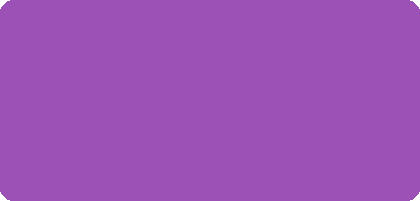
Hex Code: #9C51B6
Magenta
Magenta is another well-known shade that falls somewhere between pink and purple. It’s bright, fun, and bold.
Technically, magenta should have equal amounts of red and blue. But the exact shade can vary slightly. On the color wheel, you’ll find it between violet and rose. It’s very like fuchsia, so it’s easy to get these two vibrant shades mixed up.
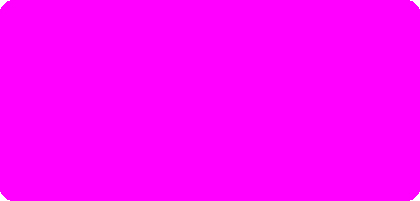
Hex Code: #FF00FF
Dark Magenta
Imagine magenta, with some extra black paint added to it. Then, you’ll get dark magenta! The darker color tones this shade down a bit, so it’s not as in your face as regular magenta. But it’s still quite bright and eye-catching.
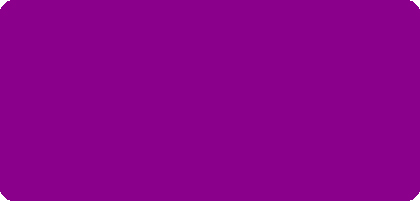
Hex Code: #8B008B
Heather
As with many other shades of purple, this one gets its name from the botanical world. Heather is a low-spreading bush that thrives on heathland and moorland. And most importantly (for this article at least), it has beautiful pale purple flowers.
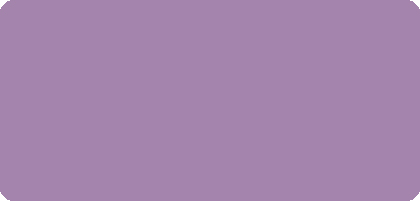
Hex Code: #A484AC
Pansy
Pansy is a deep, warm purple with rich red tones. It’s named after the pansy flower, which comes in a range of colors. But one of its most common shades is the same rich purple. It’s pretty dark as purple goes and is found between indigo and violet on the color wheel.
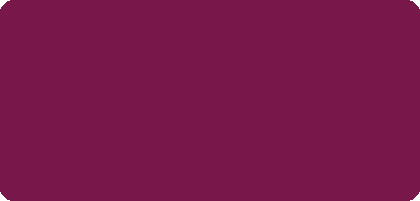
Hex Code: #78184A
Heliotrope
Heliotrope is another color named after a flower. Specifically, it’s a light, bright, cheerful shade of purple with pink undertones. It’s also a cooler purple, with more blue than red. There are a few different shades, including heliotrope gray and heliotrope magenta.
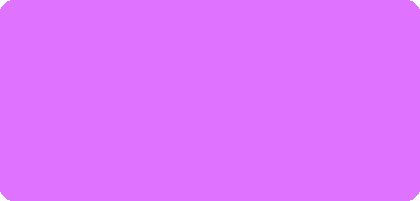
Hex Code: #df73ff
Dark Slate Blue
You might wonder why a color called dark slate blue is on a list of purple shades. Again, this is another color that inspires debate.
Some think of it as blue, while others see a purple tinger. So, I thought it deserved a spot on this list. It definitely has a tinge of purple and is a cool, medium shade.
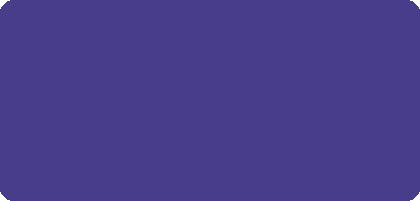
Hex Code: #483D8B
Bright Lilac
Despite the name, bright lilac is still a paler shade. But it’s light, bright, and cheerful. It’s a great color to use in your home, bringing positivity and freshness. It also works well in smaller rooms, making them seem larger.
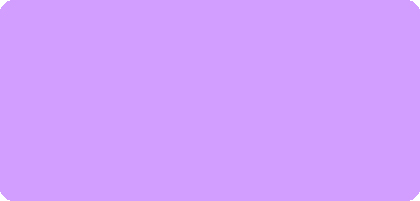
Hex Code: #D29EFF
Raisin
This color has the deep rich color of black grapes. It’s a calm, rich, almost serious color and quite dark. Raisin perfectly contrasts to a paler green or pastel purple in your home color palette.
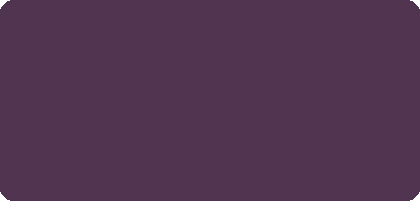
Hex Code: #503450
Grape
You might think that the grape color would be similar to raisin purple. But this shade is slightly lighter, bolder, and more vibrant.
However, this does make sense. That’s because raisins lose some of their brightness during the drying process. So, the grape shade is fresher and more lively than the raisin color.
Grape is a medium purple, falling slightly on the darker end of the scale.
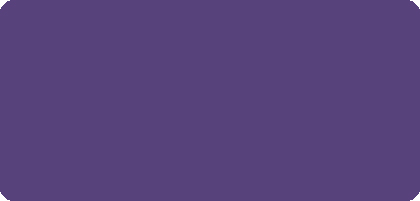
Hex Code: #58427C
Amaranth Purple
The color amaranth is a rich, deep pinky-purple color with red undertones. It’s bold, romantic, and gorgeous!
But you might not know of the plant that gives this color its name. Amaranth is a perennial plant with beautiful rich purple flowers!
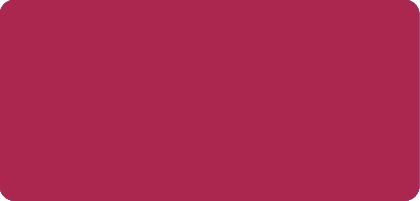
Hex Code: #AB274F
Yahoo Purple
Almost all of us know of the brand Yahoo and the distinctive purple color it uses in its branding. So much so that this color has come to be known as Yahoo purple! It’s bright and bold with blue undertones.
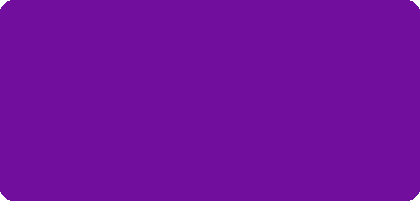
Hex Code: #720E9E
Cadbury Purple
Next up is another purple that takes its name from a brand. Cadbury is a well-known chocolate and confectionary company. You can find the rich, bright purple on many of their products, And that makes them instantly recognizable. It’s a deep medium purple on the cool end of the color spectrum.
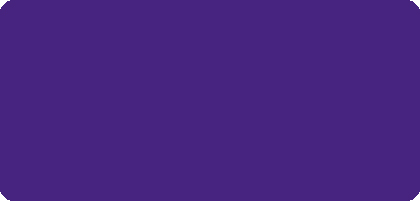
Hex Code: #47247F
Hallmark Purple
The greeting card giant Hallmark is another brand with a purple logo. It’s a deep purple associated with luxury, security, and elegance.
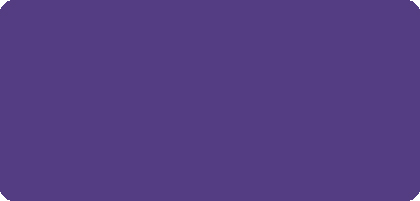
Hex Code: #543D82
Claret
When you hear claret, you probably think of rich red Bordeaux wines. This color is a deep, reddish-purple shade. It’s very warm, cozy, comforting, and highly saturated. Claret can also look like a deep pink shade depending on the light.
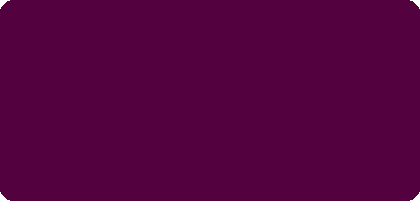
Hex Code: #53013F
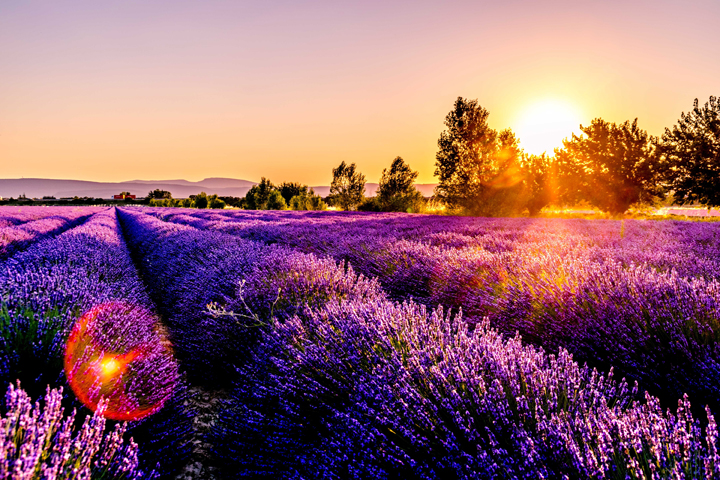
Indigo
Indigo is a rich, bright purple with heavy blue tones. In fact, it’s more blue than purple. In the rainbow, you’ll find indigo between blue and violet. So, it’s on the outer edges of the spectrum of purple shades. But it still deserves its spot on this list.
Indigo is also interesting as it’s been produced from many plants around the world. The Indigofera tinctoria plant has commonly been used to make indigo dye. This plant thrives in tropical regions and has been used for thousands of years.
This color name has been used in English for over 800 years. But there are references to it in other languages that are more than 6,000 years old.
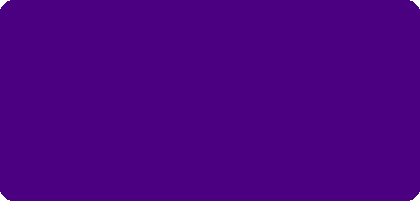
Hex Code: #4B0082
Pastel Purple
Pastel shades can be calming and relaxing. And this pretty pastel purple is no different. Although it’s a paler shade, it’s charming in its own way. It works well in minimalist color palettes and modern homes. You can pair it with a deeper gray or purple to provide contrast.
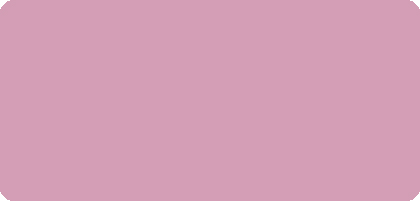
Hex Code: #D39EB5
Persian Indigo
Persian indigo is an even deeper, richer shade than regular indigo. It’s bold and beautiful and was often used in Persian regions of the world. You can commonly see it in mosaics, tiling, and other decorative arts in Iran and nearby countries. One example is the intricate Shah mosque in Isfahan with beautiful indigo tiles. Clothes were also dyed with indigo in Persia, so this shade became associated with the region.
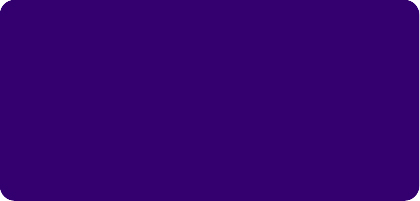
Hex Code: #33006F
Purple navy is what you get (unsurprisingly) when you cross navy and purple together. It’s a deep, muted shade of deep purple with heavy blue undertones. As the name suggests, some countries have used this color for their navy uniforms. It can look more blue or purple, depending on the light.
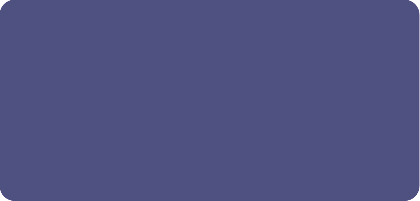
Hex Code: #4E5180
Liserian Purple
Liserian purple is a pretty pinkish shade of purple. It’s bright, fresh, and has springtime vibes. It’s the perfect color for brightening a room and making it feel cheerful. Another name for this shade is China pink.
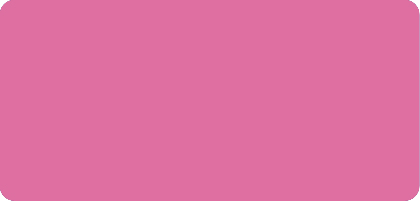
Hex Code: #DE6FA1
Sunset Purple
As you might imagine, sunset purple is a rich, warm color. It evokes those rich reds, pinks, and purples of a setting sun as the light fades.
It’s a deep shade that’s still quite bright. So, it’s nowhere near as dark as midnight purple. This color is ideal if you’re looking for a warm mid-purple shade.
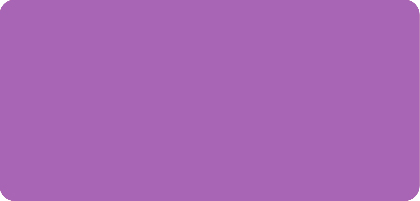
Hex Code: #A865B5
Black Currant Purple
Blackcurrants are rich, reddish-purple colors. And so, this color is bold, warm, and almost good enough to eat. It’s a deep berry shade that pairs well with lighter pinks from the warm side of the color wheel. It also looks striking when combined with gold and yellow colors.
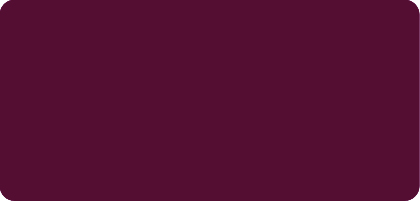
Hex Code: #540E32
Mardi Gras
Mardi Gras is a beautiful Carnival tradition celebrated in many countries worldwide. It often involves brightly colored outfits, parades, and balls. So, this vivid purple shade takes its name from this fun and vibrant celebration!
Mardi Gras purple is bold, bright, and eye-catching – just like you’d expect. It’s a medium to dark purple that looks amazing when paired with other jewel tones.
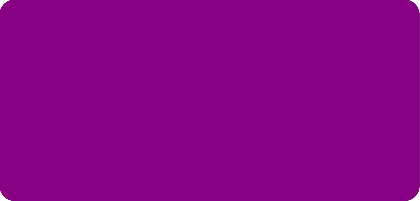
Hex Code: #880085
Cardinal Purple
Cardinal purple is a rich magenta purple. Catholic bishops and cardinals sometimes wear it, hence the name. It leans towards red rather than blue.
It could be described as a warm berry color and is quite similar to burgundy. Although as with all purples, it does have a blue tinge.
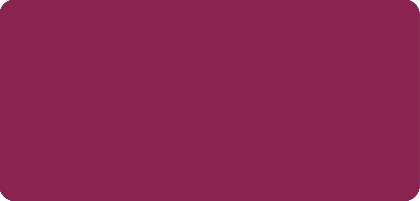
Hex Code: #8A244E
Hot Purple
Next is another bright, bold purple. It could easily be mixed up with electric purple, although it’s slightly less vivid. Even so, it’s a fun purple that will brighten up any space.
You’re unlikely to find this color anywhere in nature as it’s so vibrant – almost neon. But if you’re after a rich, bright color, you won’t go wrong with hot purple.
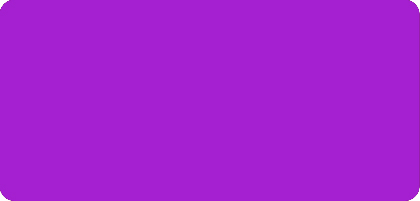
Hex Code: #A420D0
Imperial Purple
This shade of purple is very like the royal purple and Tyrian purple above. But it has some slight differences, with its deep blue undertones and rich color. It has a lot of pomp and elegance, so it was another popular shade of purple among the nobility.
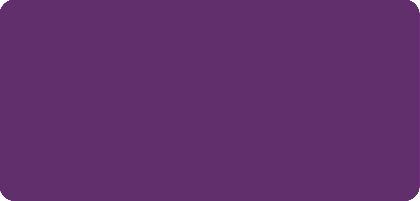
Hex Code: #602F6B
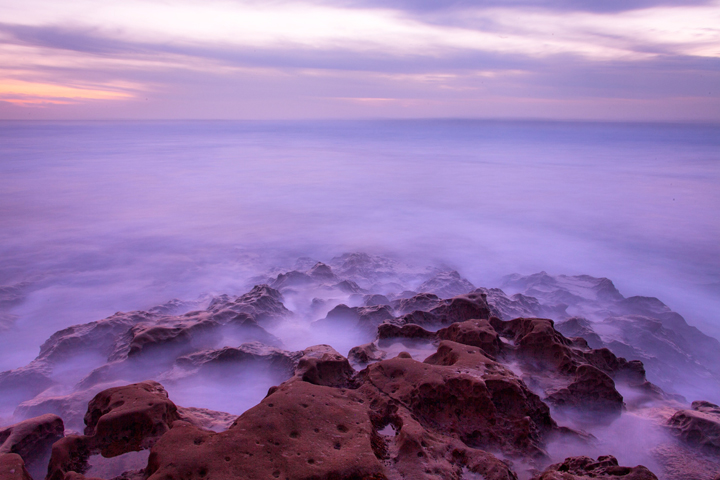
Ocean Purple
You might associate the ocean with blue, green, turquoise, and teal colors. But the deep waters and rolling waves can sometimes look almost purple. And even more so when a storm is approaching!
So, this color aims to capture those natural purples found in the ocean. Of course, it has blue tones mixed in and is a cooler shade of purple. It has calm, tranquil vibes – just like the sea.
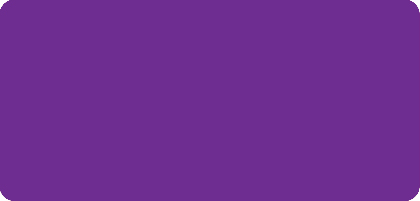
Hex Code: #6E2D91
Aztech Purple
Aztech purple is one of the most beautiful types of purple. It’s a mid-purple color that’s calm yet vibrant, with just the right amount of brightness. It’s not too muted or too bold, getting the balance just right. It has blue undertones, being closer to blue than red on the color wheel.
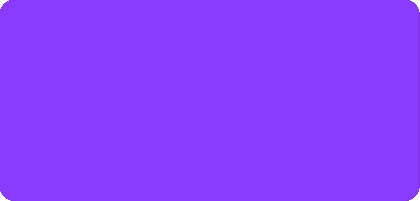
Hex Code: #893BFF
Mythical Purple
Mythical purple is a rich, deep purple that feels sophisticated, elegant, and classy. It’s dark purple with heavy blue undertones. It looks amazing when paired with gold for a stylish color scheme, but you can also match it with paler greens.
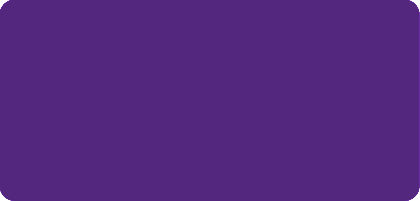
Hex Code: #53277E
Maximum Blue Purple
Sometimes, it’s hard to know whether to call a color blue or purple. And as you might guess, Maximum Blue purple is one of those tricky shades.
It’s similar to sky blue, with just a tinge of purple to make it qualify for this list. But it feels fresh, dreamy, and playful, making it a great color to use.
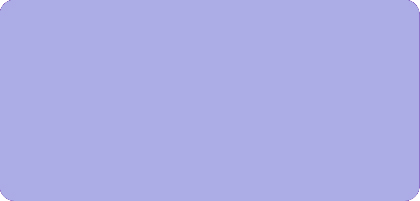
Hex Code: #ACACE6
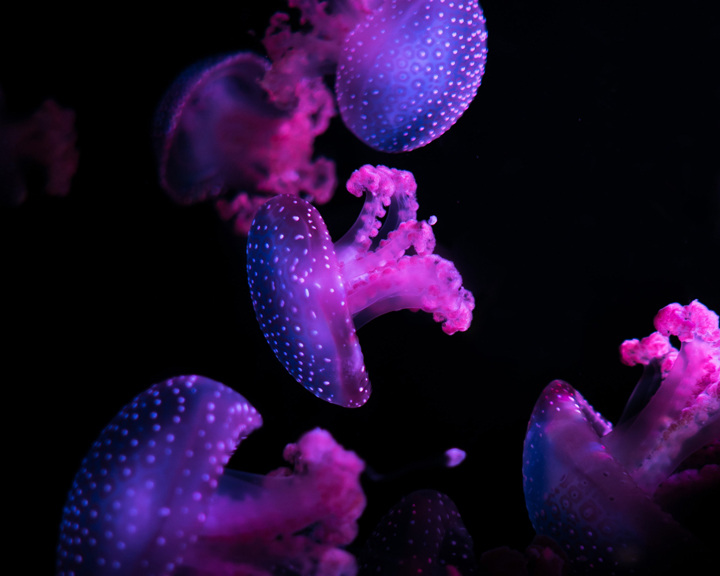
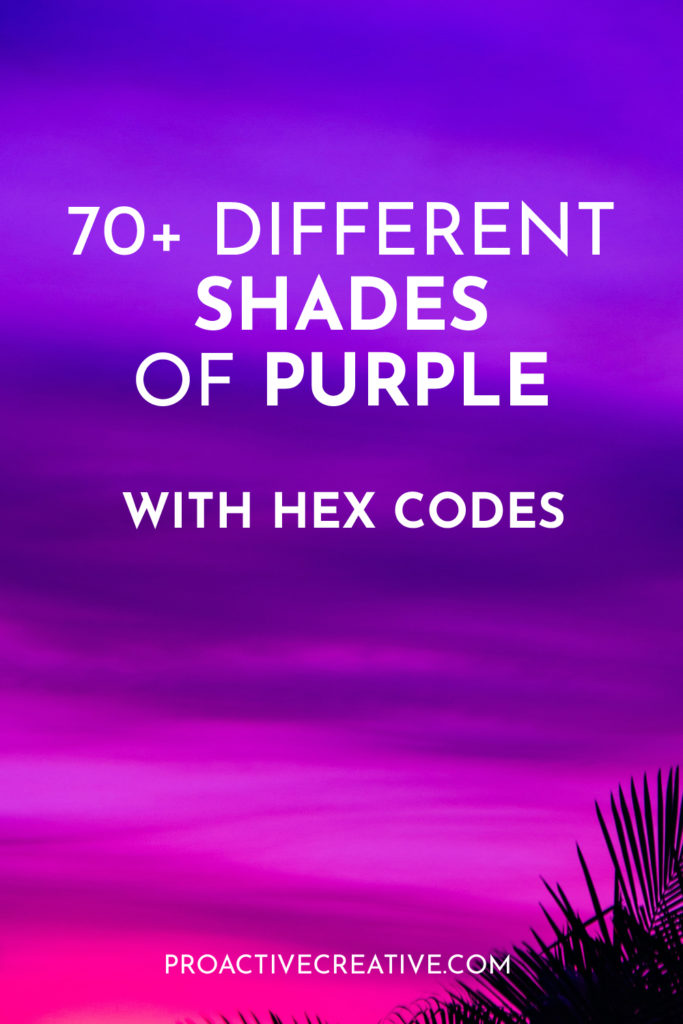
Final Thoughts
By now, you’re an expert on the different purple colors. And you know the names of shades of purple. So, you can tell aubergine from magenta and heliotrope from fuchsia.
This knowledge of purple variations can come in handy if you’re an artist. Or maybe you want to pick a purple color palette for your home!
Let me know if you have any questions about purple color names in the comments below. And make sure to follow Proactive Creative for more art and design tips!

